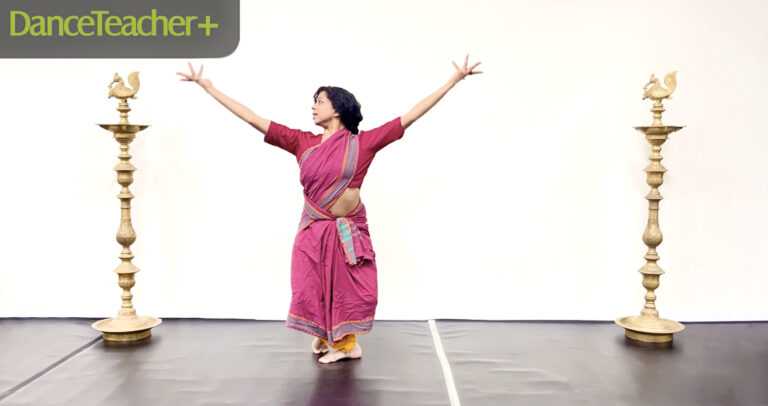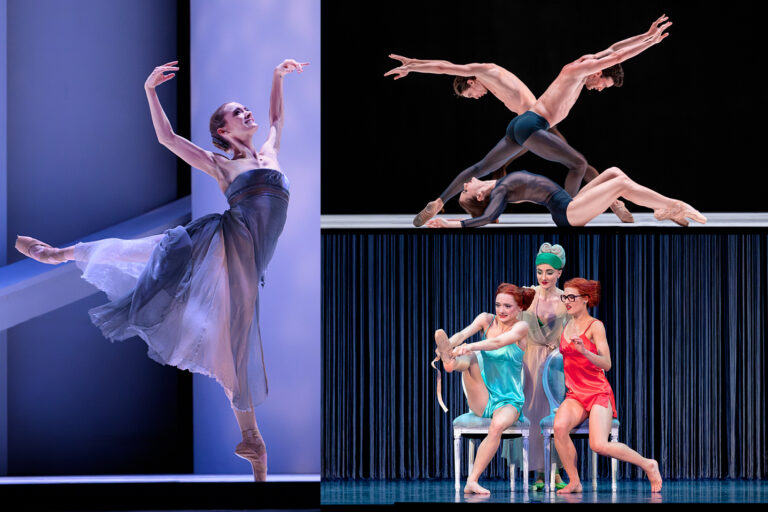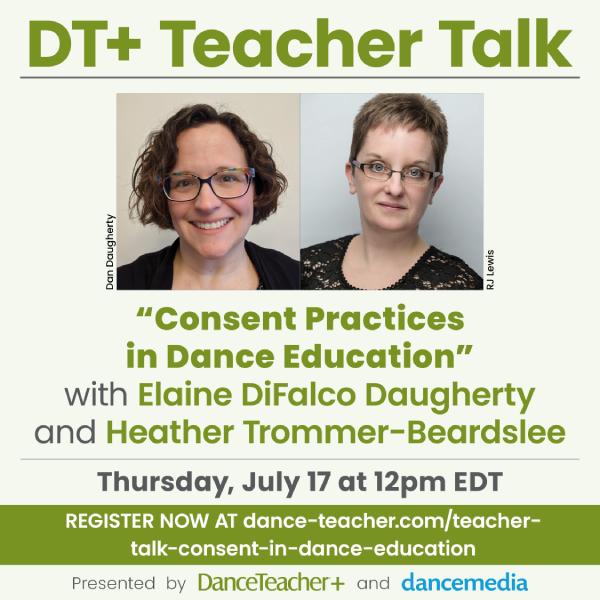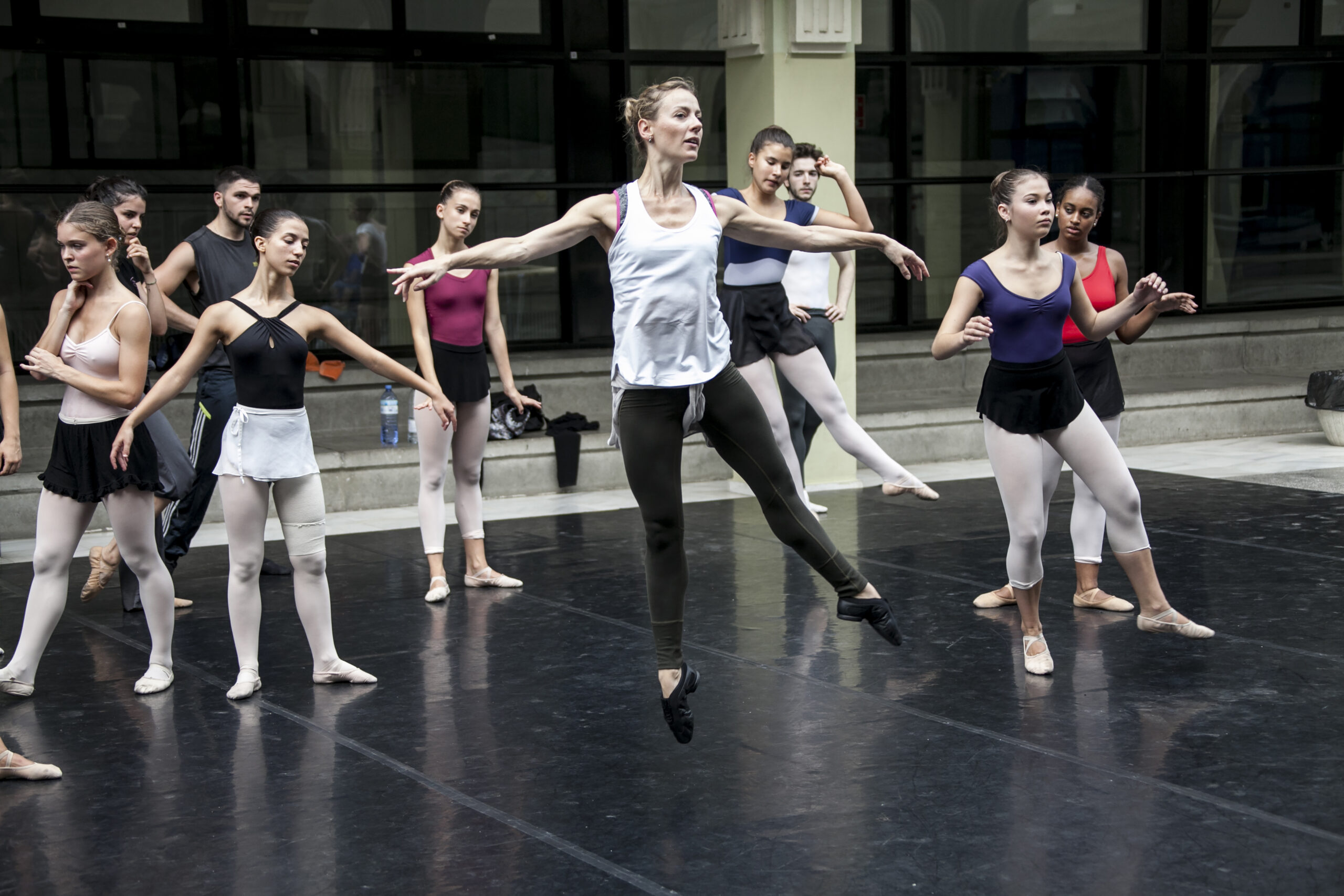
Dancing the role of Giselle or performing in one of José Limón’s many iconic works might be a career goal for many dance students. These roles—and many other dream parts in a variety of dance styles—require a floaty, seemingly effortless, movement style.
However, according to Helen Crawford, a former first soloist and a current répétiteur with The Royal Ballet, this quality can sometimes be difficult to grasp—and to teach. Using a combination of breath, momentum, and musicality is key to imparting this skill and the artistry it can provide.
Bring It Back to Breath
Breath has the ability to support dancers in many ways, and can be an important element in achieving an air-bound movement quality. An inhale can be used to provide levity at the top of a jump and an exhale to seamlessly move in and out of the floor. Using breath as a foundational element in class is a great way to introduce students to its influence and prepare them to use it naturally in performance.
Crawford suggests starting class with a yoga-inspired warm-up to encourage students to tap into their breath right away. “By connecting to the breath, you can look inwards and become more present,” she says. “Actually talk through where to use the breath. Remind students that they need to breathe. The breath often gets a little stuck, especially if there’s something more challenging going on with your legs.”
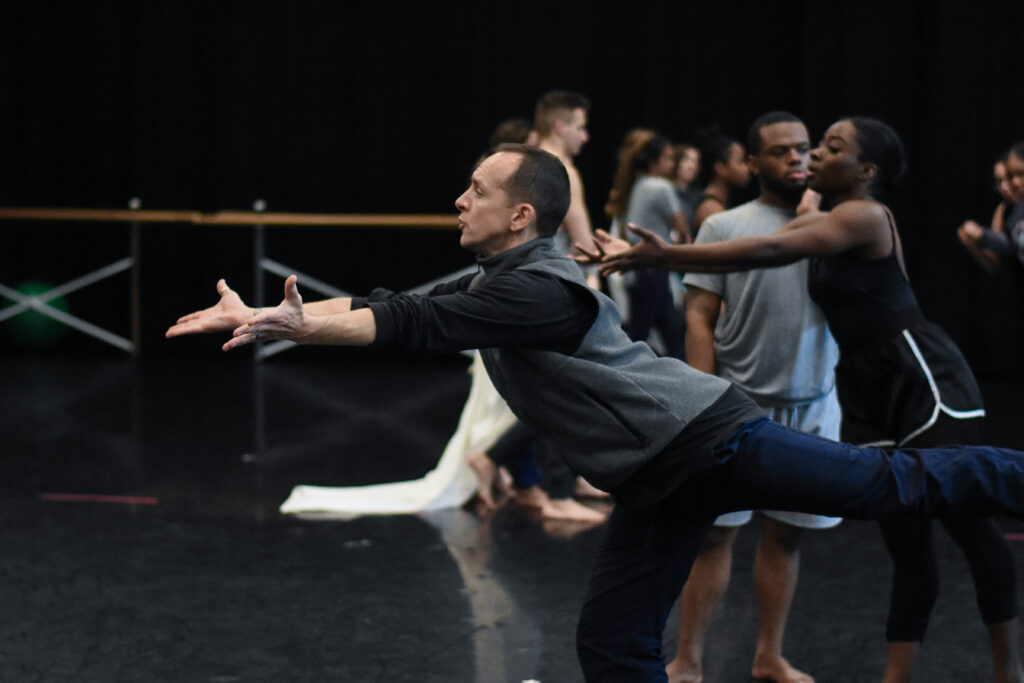
Dante Puleio, artistic director of the Limón Dance Company, recommends taking a pause during class to return to the breath and remind students of its importance. “As the class progresses, we often leave breath behind. We’re focused on more technical things or more challenging parts of the technique or repertory,” he says. “Halfway through class, right before we go across the floor or into something bigger, I’ll stop the class and have everyone go back to that very first thing we did—take a big inhale and a big exhale.”
Tap Into Musicality and Momentum
A thoughtful connection with the score is also key for achieving a buoyant, effortless look onstage. Crawford says that incorporating simple musicality lessons into classes, like counting the music with students, is a great place to start.
Specifying how a particular movement should relate to the score can also be helpful. For example, jumping before the music can cause a landing to look heavier, Crawford says. Coordinating the top of the jump with the crescendo in the music “looks lighter and more explosive,” she explains.
Momentum is another key tool for cultivating levity onstage and in the studio. Puleio explains that younger children usually have an innate sense of momentum in their movement, but this might start to dissipate as we grow older.
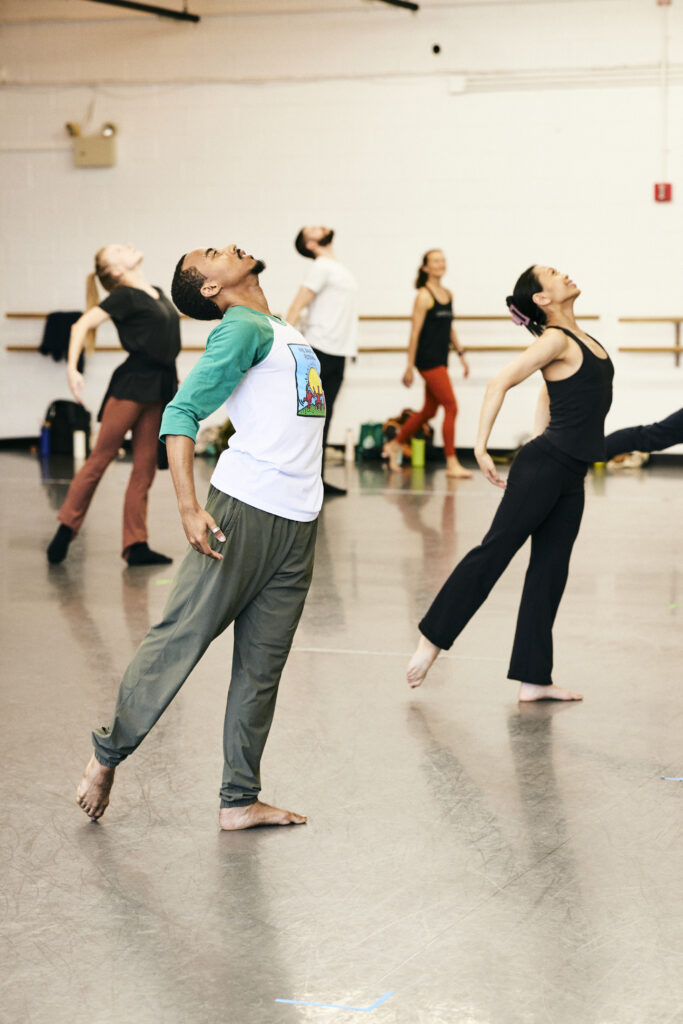
“If we look back at children on the playground, you start to remember that feeling of falling and recovering just with your body naturally,” he says. Using movement to tap into the innate momentum within our bodies can “be layered into how we move as professionally developing artists,” he explains.
He recalls a moment in which Carla Maxwell, the former artistic director of the Limón Dance Company, captured this return to play and its ties to momentum by holding the sides of the dancers’ pants and encouraging them to bounce, as if they were in a baby jumper.
“You’d get that feeling and remember the essence of the floating pelvis,” he says. This sensory reminder allowed him to translate a weightless movement quality into phrasework and choreography more easily.
Artistry Is the Finishing Touch
Both Crawford and Puleio say that a floating movement quality is something that can set dancers apart artistically in certain roles or repertoire.
Puleio also adds that “the use of breath can offer an individual sense of weight and suspension that gives a dancer more access to texture in their movement.”
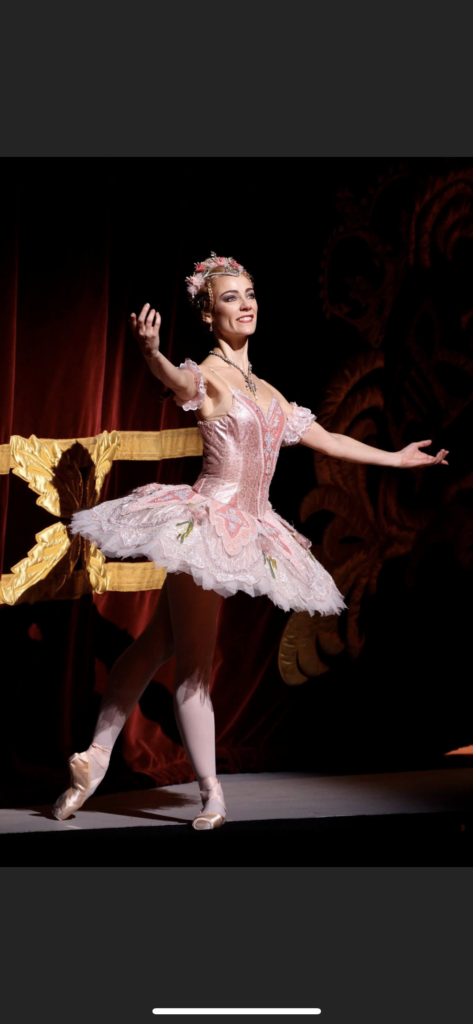
Crawford recommends encouraging students to explore the ways they can use breath, momentum, and musicality to imbue a character or role with their own special touch. She recalls a particularly helpful conversation with former Royal Ballet director Monica Mason, in which the two delved into the backstory and motivations behind Myrtha in Giselle. The discussion, Crawford says, helped make key connections that led to success onstage.
“It’s one thing being a great technician, and being able to do all the steps, but it’s another thing to be a great dancer,” Crawford says. “That’s movement, that’s moving with the music, that’s timing and breath and buoyancy and just making it look otherworldly, almost.”

